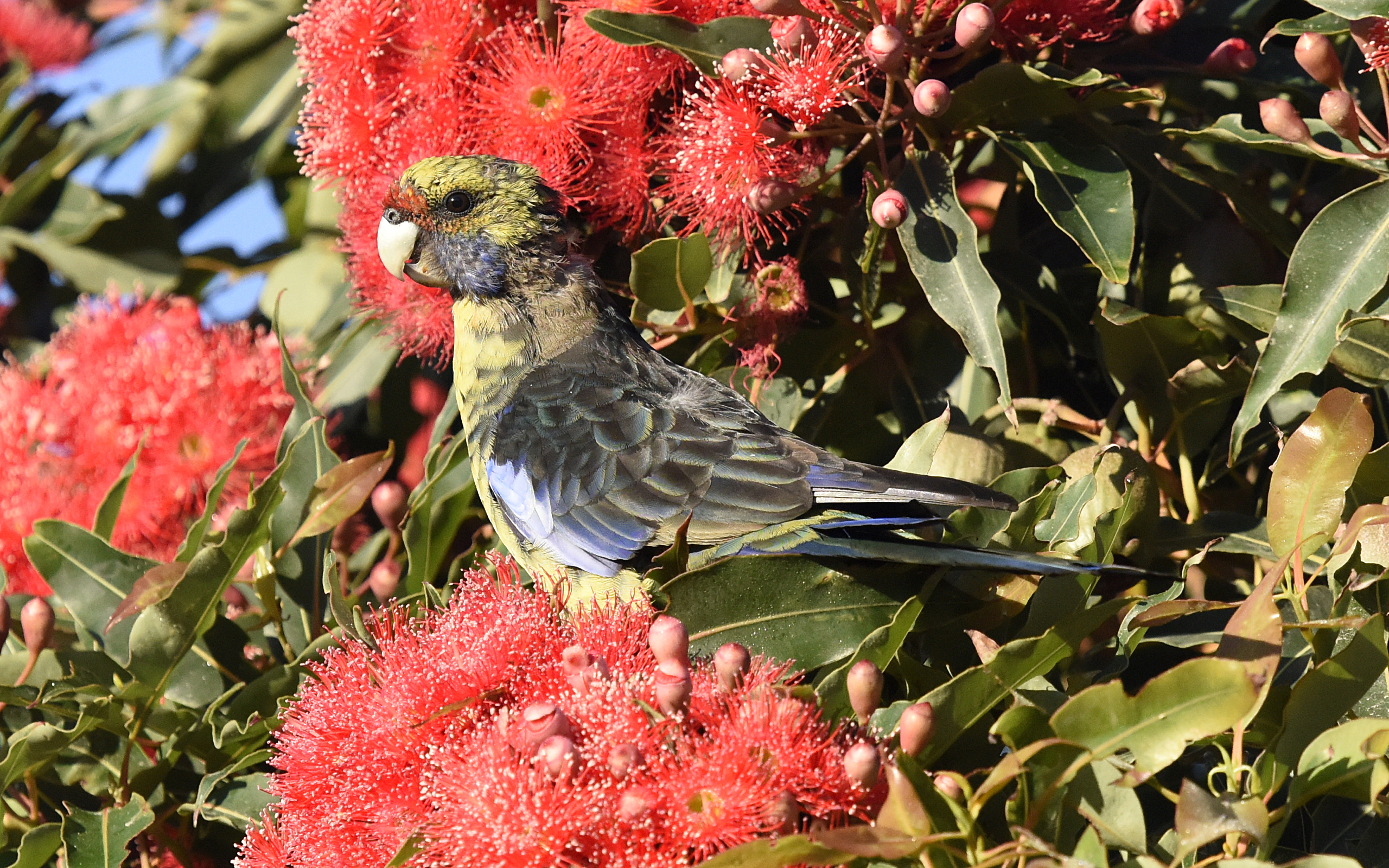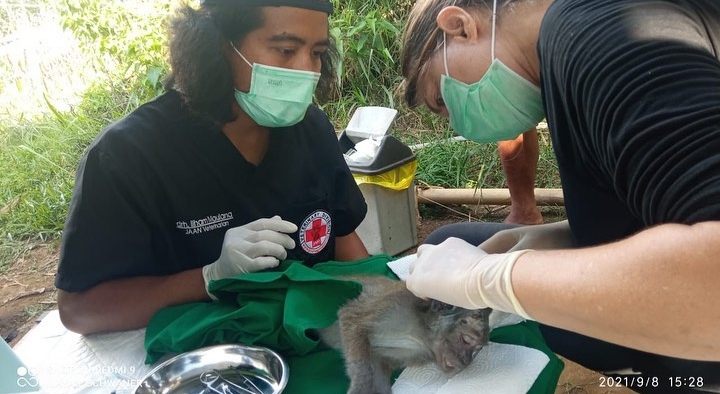Following the release of the national 2021 State of the Environment Report recently, there have been calls from several Tasmanian conservation groups and organisations for the state government to release a similar report specific to the island state. Although a State of the Environment Report is required every five years under Tasmania’s State Policies and Projects Act 1993, no report has been produced since 2009.
Concern about Tasmania’s marine and coastal environments and the proposed expansion of the salmon farm industry, the health of the state’s river systems, and ongoing protests over native forest logging and mining in the north west’s takayna/Tarkine region, that threaten several iconic wildlife species, such as the masked owl, Tasmanian devils and quolls, has prompted both the Australia Institute and BirdLife Tasmania to urge the government to deliver an updated report.
BirdLife convenor Eric Woehler OAM said that Tasmania’s ecosystems and native habitats were generally in better condition than those on the mainland, but they were under increasing pressure, and habit loss and fragmentation were known to be primary drivers for biodiversity loss and extinction.
“Tasmania’s habitats and ecosystems must remain intact to ensure the future survival of Australia’s remarkable birds. Not all species will survive but protecting our environment now will maximise the protection afforded to species in the future,” he said.
Eloise Carr from the Tasmanian branch of the AI said whichever independent body was tasked to provide it, the government urgently needed to commission the next SOER through an organisation that was adequately resourced.
“The Tasmanian government isn’t doing its job and our wildlife, forests, coastlines and oceans will pay the price,” she said.
Woehler emphasised Tasmania’s role as an ‘island ark’ saying it was critical for the survival of Australia’s birds, now and into the future.
“Cumulative climate pressures are already impacting on some of Tasmania’s woodland birds such as forty-spotted pardalotes, while other species like dusky robins are undergoing rapid population decreases,” he said.
Woehler contributed the seabirds text for the marine chapter of the 2021 State of the Environment Report.
Anne Layton-Bennett
Picture: Eric Woehler



